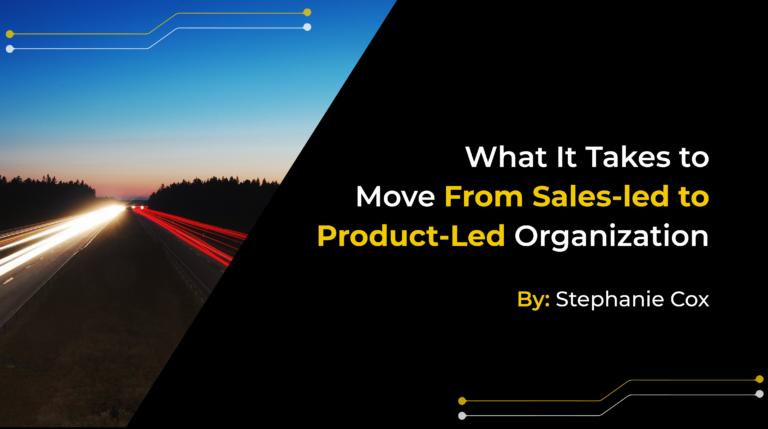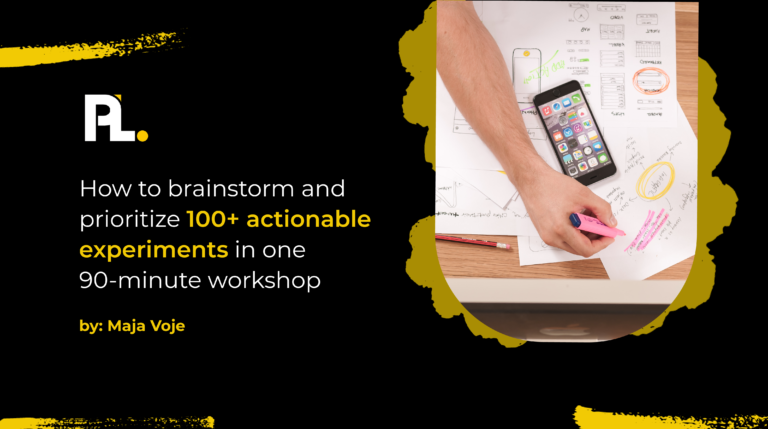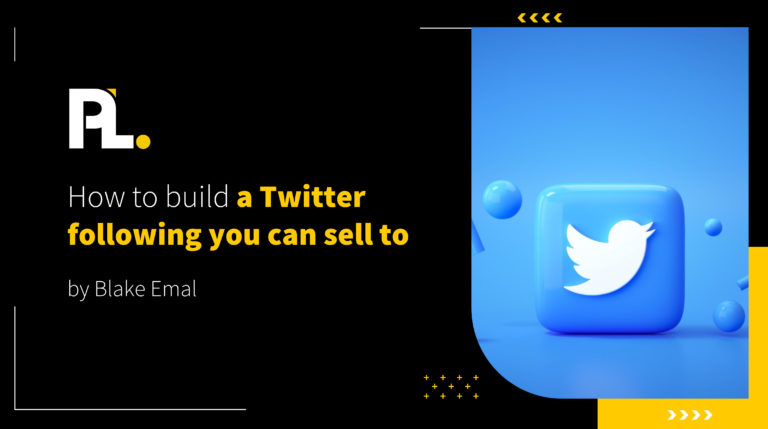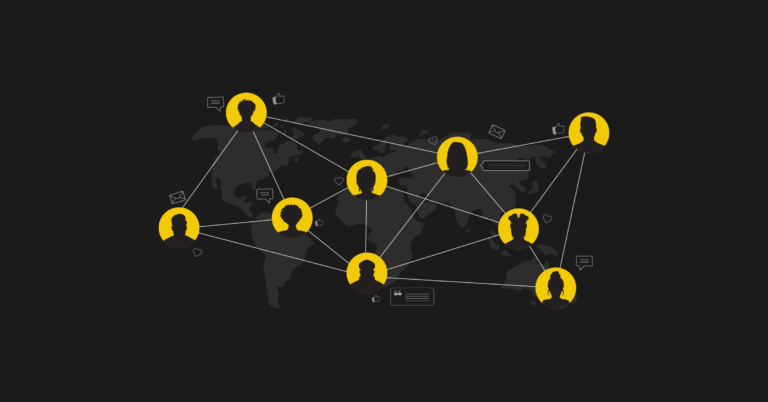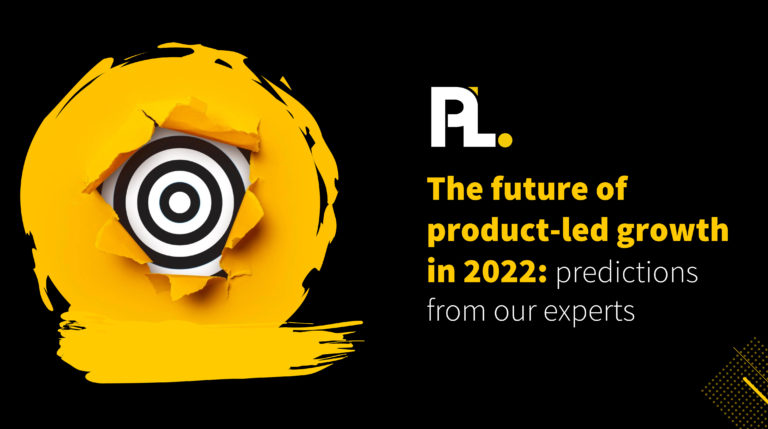It’s counter-intuitive but true: the new frontier in more effective and efficient growth is starting with people, not pixels.
People-Powered Growth is a new approach to product-led growth based on a cross-functional team with both customer-facing and non-customer-facing members. Together, they are able to understand and solve growth problems more quickly and effectively than either group could do alone.
The knowledge gap that plagues growth product teams
By any measure, product-led growth is taking off. Entrepreneurs and investors love the efficiency of a product-led go-to-market, and customers love the ability to explore a product in their own time and on their own terms.
However, getting customers to fully understand a product without talking to anyone is a huge challenge. So product-led companies invest substantial resources in customer success and growth products to help close this gap and drive activation, conversion, and expansion.
Each of these approaches has pros and cons: customer success tends to be very effective at driving adoption but is expensive, often prohibitively so. By contrast, growth product is highly scalable; however, teams can struggle to be effective.
Growth product teams often struggle for two main reasons:
- Talking to customers is difficult. Usually, UX research helps a product team understand the problems customers face; however, prospects who were unsuccessful with a product are notoriously reluctant to participate in research.
- Customer problems are very nuanced. Problems with adoption are the result of the current product experience failing to adequately communicate how the product works or how it can help the prospect. Understanding exactly where the experience failed requires an in-depth discussion to understand the customer’s mindset. This feedback is more similar to feedback on a beta version of a new product, where success involves solving a large set of small problems rather than simply plugging a product gap.
What if there were a way to combine the insight of success with the scalability of the growth product?
How world-class teams are solving this problem with a people & product partnership
Instead of leaving the product to ship features and hope they work, industry-leading product-led companies such as Loom, Coda, and Dropbox are pioneering a new approach: People-Powered Growth.
In People-Powered Growth, product partners work closely with a people-based team such as sales, success, or support. Together, this hybrid team identifies what’s preventing customers from moving forward. They develop and test people-powered solutions before finding ways to scale this human intervention with a product.
Accelerated learning is the key benefit of involving customer-facing teams in the growth process. A team of people can engage more prospects than a single researcher. Unlike a survey, humans are adept at understanding and identifying patterns in undefined problems. And a small team can develop and receive feedback on prototype content and solutions far more rapidly than an in-product A/B test.
Using customer-facing teams to assist in growth also creates a better experience for customers. Instead of explaining their problems to a researcher who nods sagely and promises to pass the feedback along, in people-powered growth, customers are engaging with team members who are empowered to help customers solve their problems. And in doing so, the growth team learns about both the problem and solution.
What does a People-Powered Growth process look like?
Teams that adopt a people-powered growth approach tend to follow six common steps:
- Form a cross-functional team
To undertake people-powered growth, you need a hybrid team with ‘people’ and ‘pixels’ capabilities. The ‘people’ function can come from sales, support, or success. The ‘pixels’ function can involve growth product and growth marketing capabilities, depending on the area of interest.
- Identify target customers
One of the aspects that distinguishes a people-powered growth team is a shared focus on a specific audience. Usually, this is an audience that is highly engaged and close to hitting a key milestone such as activation, conversion, or expansion but has not quite done so. The team will partner with analytics to identify these customers, pull lists, and tag customers in CRM tools.
- Engage target customers
The customer-facing team members then reach out to target customers offering to help, often through in-product chat or highly personal email. The customer-facing team has two goals as they work with customers:
- Understand what’s preventing the customer from moving forward.
- Find ways to help them.
- Identify themes and prototype people-powered solutions
As this outreach continues, the team meets regularly to summarize and share the common problems customers face, the patterns in which customers face which issues, and the best information or content to help customers make progress. Here the team is developing, testing, and iterating on solutions to growth problems.
- Scale successful solutions
Once the team has settled on resources and scripts that work, emphasis shifts from customer-facing teams to product teams. Product teams now design ways to scale the customer-facing team’s most effective interventions. This could result in new onboarding flows, in-product tools, updates to existing features, messaging campaigns, or resources to make ongoing human outreach more efficient.
- Measure success and move on to the next target audience
The team can measure their progress by watching the performance of their key metric among customers or prospects who are in their target audience. They may do this with rough pre-post analysis or use a holdout group to a/b test. As they solve problems, it’s time to move on to the next problem or the next target audience.
- - -
Adding customer-facing members to your growth team and starting with things that don’t scale can rapidly accelerate your team’s pace of learning and the growth of your business.
People-Powered Growth works because it takes the tried and tested approach to starting companies by leading with humans and scaling later and applying it to growing new products and features.


